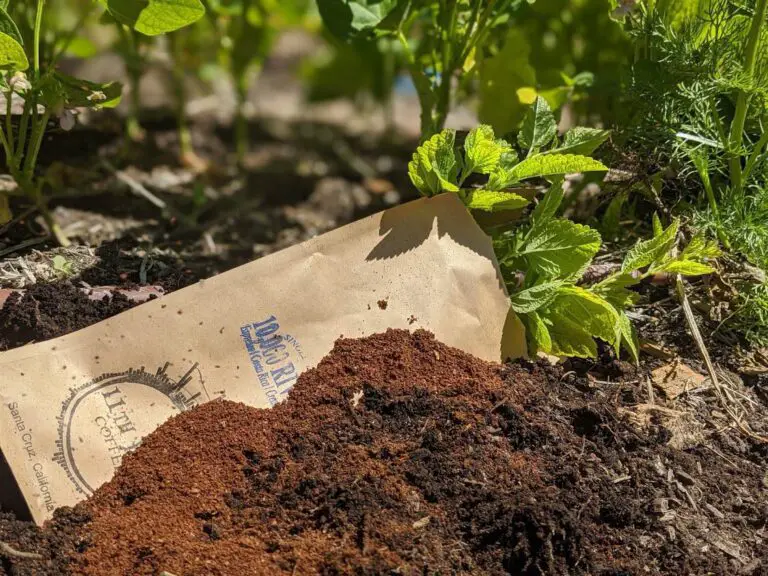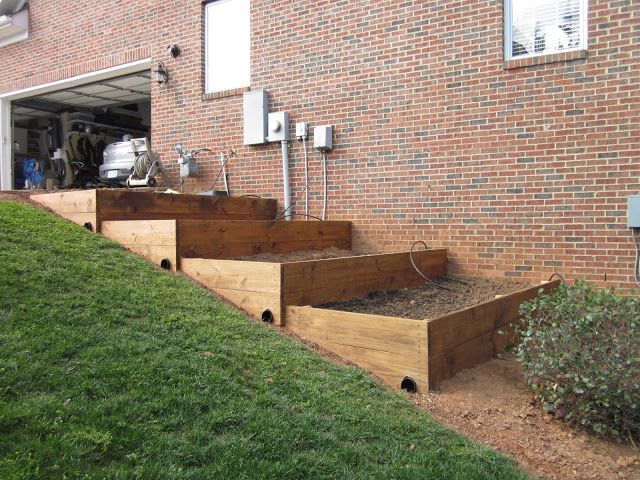Harvest Automation: How to Automate and Streamline Your Harvest Process with Smart Machines
Table of Contents
The Importance of Harvest Automation in Agricultural Operations
Harvest automation is a critical aspect of modern agricultural operations, offering numerous benefits and opportunities for increased efficiency and productivity. The use of smart machines and automated systems in the harvesting process can revolutionize the way crops are obtained, leading to higher yields, reduced labor costs, and improved overall quality.
One of the primary reasons behind the importance of harvest automation is the significant increase in production capacity it offers. By eliminating the reliance on manual labor, farmers can streamline their harvesting processes, allowing for a quicker and more efficient collection of crops. This not only reduces the overall harvesting time but also ensures that crops are harvested at their peak ripeness, resulting in better-quality produce. Additionally, with the ability to automate repetitive tasks, such as picking and sorting, farmers can focus on other essential aspects of their operations, such as crop management and planning.
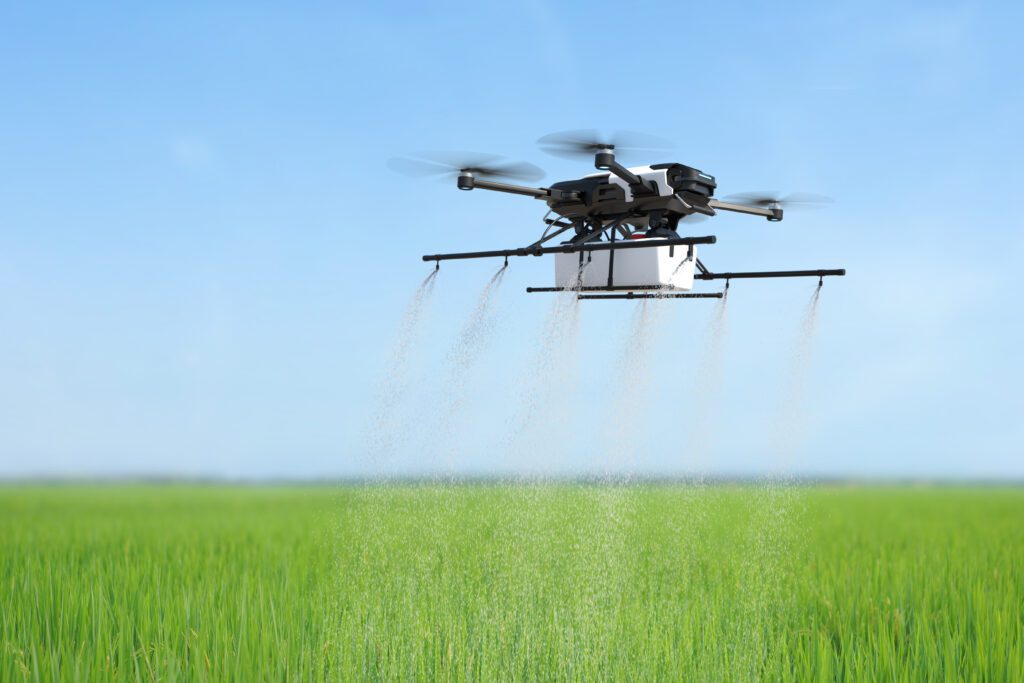
Moreover, harvest automation contributes to improved labor management in agricultural operations. With the global labor shortage in agriculture becoming increasingly apparent, the use of smart machines can help alleviate the pressure on farmers to find and retain skilled laborers. By adopting automation technologies, farmers can reduce their dependence on manual labor, consequently addressing the labor scarcity issue and reducing labor costs.
In conclusion, the importance of harvest automation in agricultural operations cannot be overstated. By embracing smart machines and automated systems, farmers can achieve higher production capacity, improved crop quality, and more efficient labor management. As the agricultural industry continues to evolve, investing in harvest automation technologies will be crucial for staying competitive and sustainable in the long run.
Understanding the Role of Smart Machines in Harvest Automation
Smart machines play a crucial role in the automation of harvest processes in agriculture. These technologically advanced devices are designed to perform tasks that were traditionally done by human labor, thereby improving efficiency, reducing costs, and increasing productivity. By harnessing the power of artificial intelligence, robotics, and sensor technologies, smart machines can revolutionize how crops are harvested and handled.
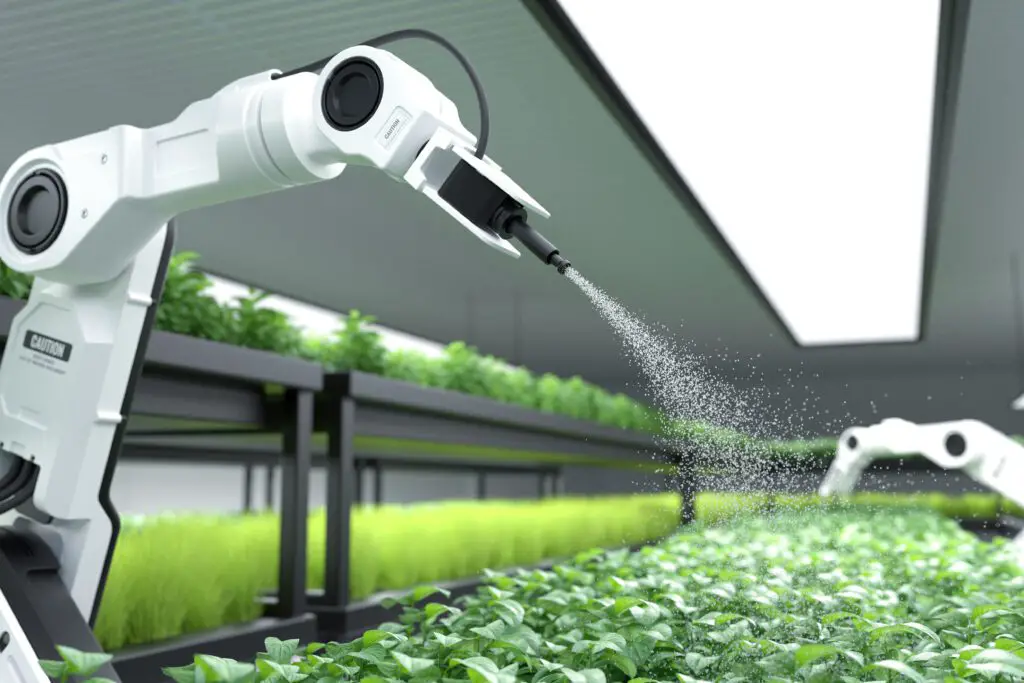
One of the key roles of smart machines in harvest automation is precision farming. These machines are equipped with sophisticated sensors and imaging technologies that can accurately detect and assess crop maturity, quality, and ripeness. With this information, they can precisely and selectively harvest crops at their optimal stage, ensuring higher yields and minimizing waste. Moreover, these machines can also identify and differentiate between ripe and unripe fruits or vegetables, eliminating the need for manual sorting and post-harvest processing. This not only saves time but also reduces the risk of damage and spoilage during handling.
Additionally, smart machines are instrumental in reducing the physical demands and labor costs associated with harvest operations. They can perform repetitive tasks tirelessly and consistently, without the need for breaks or rest. This not only increases the speed of harvesting but also eliminates the risk of human errors. Furthermore, these machines can work autonomously, allowing farmers to streamline their workforce and allocate human labor to more complex and value-added tasks. This not only reduces labor costs but also frees up human resources to focus on other critical aspects of agricultural operations.
Evaluating the Benefits of Automating Your Harvest Process
The automation of the harvest process in agriculture has shown numerous benefits that can greatly enhance productivity and efficiency in farming operations. One of the key advantages is the increased speed of harvesting. Smart machines equipped with advanced technology can work at significantly faster rates than manual labor, leading to quicker turnaround times and increased overall yield.
Furthermore, automating the harvest process can greatly reduce labor costs. With the use of smart machines, farmers can minimize the need for a large workforce, saving both time and money. Additionally, automated systems can operate around the clock without the need for breaks or shifts, further maximizing productivity and reducing labor expenses.
Moreover, automating the harvest process can improve the quality of the harvested produce. Smart machines are designed to be precise and consistent, ensuring that each product is harvested at the optimal stage of ripeness and with minimal damage. This results in higher-quality crops with better taste, appearance, and nutritional value, which can lead to increased customer satisfaction and demand for the harvested products.
In conclusion, evaluating the benefits of automating the harvest process in agriculture reveals a multitude of advantages that can greatly improve productivity, reduce costs, and enhance the quality of the final product. By investing in smart machines and incorporating automation technologies into their operations, farmers can revolutionize their harvest processes and achieve significant gains in efficiency, profitability, and customer satisfaction.
Key Considerations Before Implementing Harvest Automation Technologies
Before implementing harvest automation technologies in your agricultural operations, several key considerations should be taken into account. Firstly, it is important to thoroughly assess your specific needs and objectives. Consider the crops you grow, the size of your operation, and the labor challenges you currently face. Conducting a thorough analysis will help you determine if automating your harvest process is a viable solution and will provide insights into the types of technologies that would best suit your needs.

Secondly, it is vital to consider the cost implications of implementing harvest automation technologies. While automation can result in significant long-term savings by reducing labor costs, there may be substantial upfront expenses associated with the purchase, installation, and maintenance of smart machines. Conduct a cost-benefit analysis to determine the return on investment (ROI) and assess whether the financial benefits outweigh the initial expenditures. Additionally, exploring government incentives or funding opportunities for agricultural automation can help alleviate financial burdens.
By carefully evaluating your needs and assessing the financial viability of automation, you can make informed decisions about implementing harvest automation technologies. However, these considerations are just the tip of the iceberg. Further exploration is required to fully grasp the intricacies and intricacies of integrating automation into your agricultural operations.
Selecting the Right Smart Machines for Your Harvesting Needs
When it comes to selecting the right smart machines for your harvesting needs, careful consideration must be given to ensure optimal efficiency and productivity. With the wide range of options available in the market, it is essential to assess your specific requirements and match them with the capabilities of the machines.
One crucial factor to consider is the type of crop you are cultivating. Different crops have varying harvesting methods and requirements. For instance, while some crops may require gentle handling, others may need more robust machines for efficient harvesting. Understanding the unique characteristics of your crops will help you narrow down your options and choose the most suitable smart machines.
In addition to crop type, it is essential to consider the size of your operation. Smaller-scale operations may benefit from compact, versatile machines that can navigate tight spaces. Conversely, larger-scale operations may require more robust and high-capacity machines to handle the volume of harvest. Matching the size and capacity of the machines to the scale of your operation will ensure smooth and efficient harvesting processes.
Another aspect to consider is the level of automation you desire. Smart machines offer a range of automated features, from basic functionalities to advanced systems. These can include automated sorting, grading, and packing capabilities, as well as real-time data monitoring and analysis. Assessing your automation requirements will help you identify the smart machines that align with your goals and operational needs.
Lastly, cost and maintenance should not be overlooked. Smart machines can be a significant investment, so it is crucial to consider your budget and the potential return on investment. Additionally, understanding the maintenance requirements and availability of spare parts and technical support will help you make an informed decision.
Selecting the right smart machines for your harvesting needs requires a thoughtful analysis of crop type, operation size, desired level of automation, and budgetary considerations. By evaluating these factors and matching them with the capabilities of the machines, you can make a well-informed decision that will optimize efficiency and productivity in your agricultural operations.
• Consider the type of crop you are cultivating and its unique harvesting requirements
• Assess the size of your operation to determine the appropriate machine capacity
• Determine the level of automation needed for your specific needs
• Evaluate the cost and potential return on investment for smart machines
• Take into account maintenance requirements and availability of spare parts and technical support.
Integrating Harvest Automation with Existing Agricultural Systems
Integrating harvest automation with existing agricultural systems is a crucial step toward maximizing efficiency and productivity in modern farming practices. By seamlessly incorporating automated technologies into the existing framework, farmers can streamline their operations and achieve higher yields while reducing labor costs and manual errors.
One key aspect of integrating harvest automation is the compatibility between different systems. It is essential to ensure that the automated machines and equipment can seamlessly communicate and synchronize with the existing agricultural infrastructure. Whether it’s connecting with irrigation systems, crop monitoring sensors, or data management platforms, a seamless integration ensures that the automation process functions smoothly and efficiently.
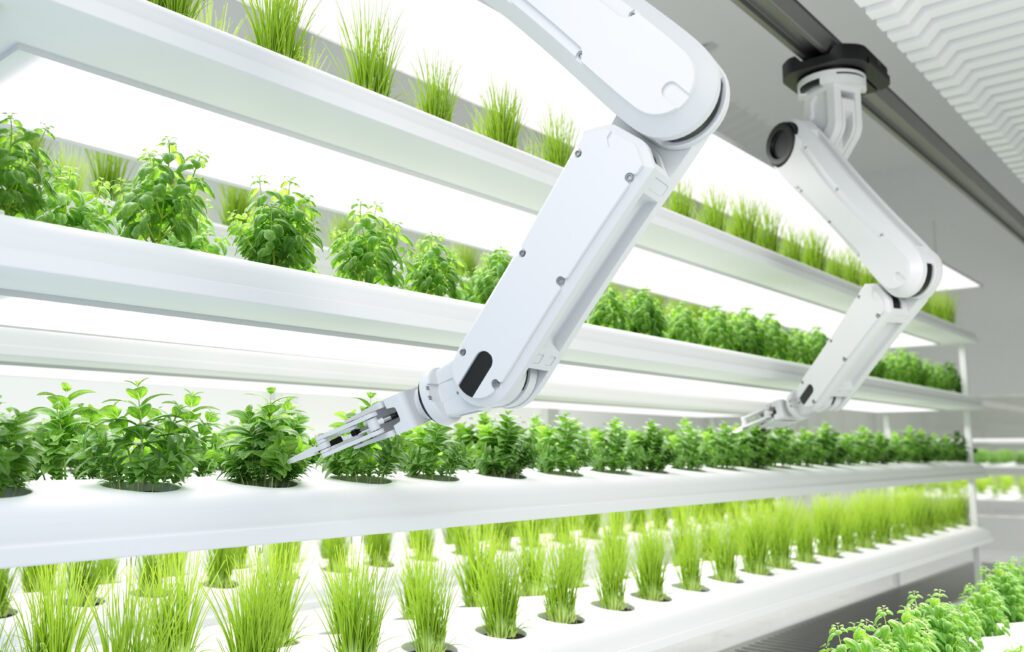
Additionally, farmers need to assess the scalability of their existing systems to accommodate the automation technologies. As the size and scope of the automated operations expand, the infrastructure should be flexible enough to handle the increased demands. Adequate power supply, internet connectivity, and storage capacity are factors that should be considered when integrating automation with existing agricultural systems.
Overall, integrating harvest automation with existing agricultural systems requires careful planning and implementation. By ensuring compatibility and scalability, farmers can harness the full potential of automation technologies to enhance productivity and sustainability in their operations.
Ensuring Safety and Compliance in Automated Harvesting Operations
Automated harvesting operations offer numerous advantages in terms of efficiency and productivity. However, it is crucial to prioritize safety and ensure compliance with regulations to avoid any potential risks or legal complications. Safety precautions should be implemented right from the beginning, starting with the selection and installation of appropriate smart machines.
One key aspect of ensuring safety in automated harvesting operations is regular maintenance and inspection of the machines. This includes checking for any faulty components, loose connections, or signs of wear and tear that could compromise the safety of the operation. Additionally, proper training should be provided to operators and workers involved in the automated harvesting process to familiarize them with the machines’ features, operation protocols, and emergency procedures. By equipping them with the necessary knowledge and skills, the risk of accidents and injuries can be significantly reduced.
Training and Educating Workers for a Smooth Transition to Automation
When it comes to implementing harvest automation technologies, one of the key considerations is training and educating workers for a smooth transition. As machines and automated systems take over various tasks in agricultural operations, it is essential to ensure that workers are adequately prepared to embrace these changes. Proper training not only helps workers adapt to the new technologies but also enables them to effectively operate and maintain the automated systems.
Training programs should be comprehensive and cover various aspects of harvest automation. Workers need to understand the underlying principles and functionalities of the smart machines being used. This includes learning how to operate the equipment, troubleshoot common issues, and perform routine maintenance tasks. Additionally, workers should be educated on safety protocols to minimize accidents and injuries in an automated harvesting environment. By investing in thorough training and education, agricultural businesses can empower their workforce to navigate the transition to automation successfully.
Monitoring and Managing Automated Harvesting Processes
Monitoring and managing automated harvesting processes is crucial to ensure smooth operations and optimize productivity in agricultural settings. By closely monitoring the performance of smart machines and the overall harvesting process, farmers can identify any potential issues or bottlenecks in real-time, allowing for timely interventions and adjustments.
One key aspect of monitoring automated harvesting processes is the collection and analysis of data. Smart machines equipped with sensors can provide valuable data on various parameters such as yield, crop quality, and machine performance. This data can be used to track trends, identify patterns, and make informed decisions to improve efficiency and productivity. Additionally, monitoring the data can help in identifying any anomalies or deviations from expected performance, allowing farmers to quickly address any issues and prevent potential damage or losses.
Furthermore, effective management of automated harvesting processes involves continuous evaluation and optimization. By regularly assessing the performance of smart machines and analyzing the collected data, farmers can identify areas for improvement, fine-tune machine settings, and implement changes to enhance overall efficiency. This could include adjusting machine parameters, optimizing workflows, or implementing new technologies to further automate and streamline the harvest process. Regularly reviewing and managing the automated harvesting processes ensures that any emerging challenges are promptly addressed and that the operation remains optimized for maximum productivity.
In conclusion, monitoring and managing automated harvesting processes through data collection, analysis, and continuous evaluation is vital for agricultural operations. By leveraging the insights gained from monitoring, farmers can make informed decisions to enhance efficiency and productivity in the harvest process. Additionally, proactive management allows for interventions and adjustments in real-time, ensuring uninterrupted operations and minimizing potential losses.
Optimizing Efficiency and Productivity through Harvest Automation
To optimize efficiency and productivity in agriculture, harvest automation is becoming an increasingly popular solution. By implementing smart machines and automated processes, farmers can streamline their operations and achieve higher yields with less manual labor. Harvest automation offers numerous benefits, from reducing labor costs to improving accuracy and minimizing waste. With the right technology in place, farmers can expect faster harvest times and more consistent crop quality.
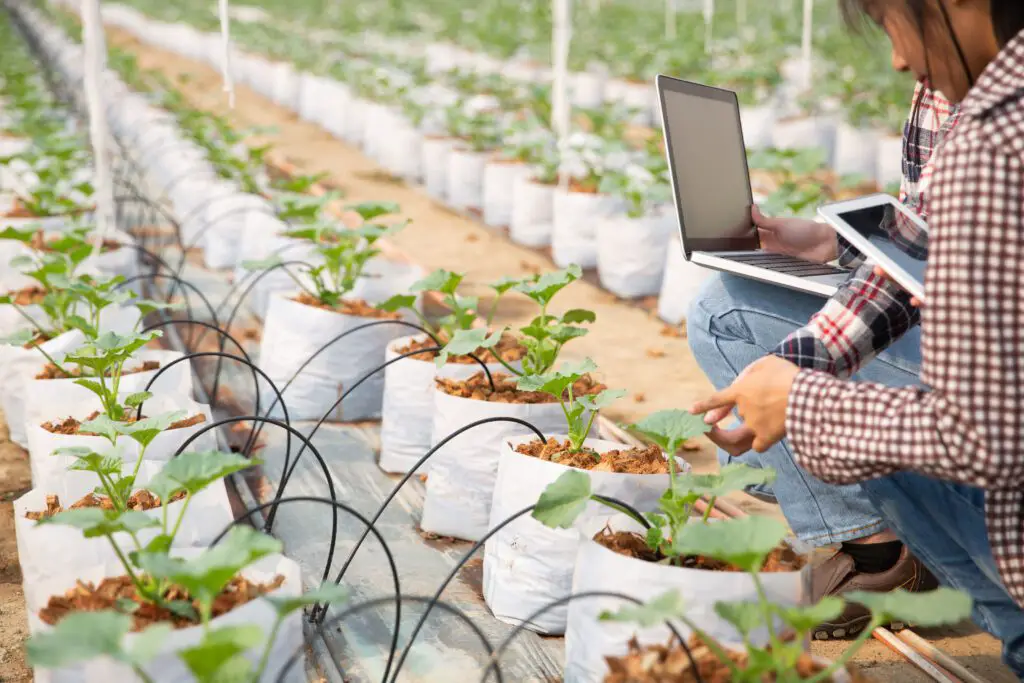
One key aspect of optimizing efficiency and productivity through harvest automation is selecting the right smart machines for the specific needs of the operation. Different crops and harvesting methods may require different types of automation technologies. For example, robotic harvesters may be ideal for delicate fruits, while automated systems for picking and packing may be more suitable for large-scale operations. The key is to carefully evaluate the requirements of the farm and choose automation technologies that align with those needs. By doing so, farmers can maximize the benefits of harvest automation and significantly improve their overall productivity.
Overcoming Challenges and Limitations of Harvest Automation Technologies
As with any technological advancement, harvest automation technologies come with their fair share of challenges and limitations. These obstacles need to be acknowledged and addressed for a successful implementation. One of the major challenges is the cost of acquiring and maintaining automated harvesting machines. While they can significantly improve efficiency and productivity, the initial investment can be substantial, especially for smaller farms or businesses. Additionally, ongoing maintenance costs and the need for skilled technicians to operate and repair these machines can add to the financial burden.
Another limitation is the complexity of integrating harvest automation with existing agricultural systems. Every farm is unique, with different layouts, crops, and workflows. It can be challenging to customize automation technologies to suit specific requirements and ensure smooth integration with the existing infrastructure. This requires careful planning, coordination, and expertise to avoid disruptions and inefficiencies in the harvest process.
Furthermore, the transition from manual to automated harvesting may pose a challenge in terms of worker training and education. Manual labor has been a fundamental part of agriculture for centuries, and introducing automation can potentially lead to job displacement or require workers to acquire new skills. Proper training programs and educational initiatives are crucial to enable a smooth transition and ensure that workers can adapt to and thrive in the evolving agricultural landscape.
Despite these challenges, it is important to note that the benefits of harvest automation outweigh the obstacles. With advancements in technology and ongoing research, many of these limitations can be overcome. By carefully assessing the needs and capabilities of each agricultural operation, implementing appropriate automation technologies, and providing adequate training and support, farmers can optimize efficiency, productivity, and profitability in their harvest processes.
Real-life Success Stories of Harvest Automation in Agriculture
Real-life success stories of harvest automation in agriculture serve as inspiring examples of the positive impact that smart machines can have on the productivity and efficiency of agricultural operations. One such success story is the use of automated strawberry harvesters in California. These machines are equipped with advanced sensors and robotic arms that are capable of identifying ripe strawberries and gently picking them without causing any damage. This automation technology not only speeds up the harvesting process but also reduces labor costs and minimizes post-harvest losses, thus maximizing overall yield and profitability for farmers.
Another remarkable success story comes from the vineyards of France, where grape-picking robots have been revolutionizing the wine industry. These smart machines are programmed to analyze grape maturity, color, and size, ensuring that only the finest quality grapes are harvested. By efficiently navigating through the vines and precisely picking the grapes, these robots have significantly reduced labor requirements and increased the accuracy and consistency of the harvest. This not only saves time and labor costs for winemakers but also leads to higher-quality wines with improved flavor profiles.
These real-life success stories highlight the immense potential of harvest automation in transforming traditional agricultural practices. By embracing smart machines, farmers can optimize their operations, enhance productivity, and overcome several challenges associated with labor shortages and rising costs. While it is important to consider the unique needs and requirements of each agricultural setting, these success stories offer valuable insights into the possibilities and benefits that await those who take the leap toward automation in their harvest processes.
Future Trends and Innovations in Harvest Automation
The field of harvest automation in agriculture is continuously evolving, driven by advancements in technology and a growing need for efficient, cost-effective solutions. As we look towards the future, several trends and innovations are emerging that are set to revolutionize the way we harvest crops.
One significant trend is the development of autonomous harvesting systems. These robotic machines are equipped with advanced sensors and artificial intelligence, allowing them to independently navigate fields, identify and select ripe produce, and safely harvest crops without human intervention. By eliminating the need for manual labor, autonomous harvesters have the potential to significantly increase efficiency, reduce labor costs, and minimize crop damage. Companies like Abundant Robotics and Harvest CROO Robotics are already making strides in this area, with their innovative robotic harvesters showcasing the tremendous potential of autonomous harvesting systems.
Another promising innovation in harvest automation is the application of machine learning and data analytics. By leveraging sensor data, weather patterns, and historical harvest data, machine learning algorithms can optimize harvest schedules, predict yields, and optimize resource allocation. This technology enables farmers to make data-driven decisions, ensuring optimal harvest times, reducing waste, and maximizing overall productivity. Companies like The Climate Corporation, a subsidiary of Bayer, are at the forefront of this innovation, providing farmers with powerful analytics platforms and predictive tools for smarter harvest management.
As agriculture continues to embrace automation, these future trends and innovations in harvest automation hold immense promise for transforming the industry. With autonomous harvesting systems and advanced data analytics, farmers can expect increased efficiency, reduced costs, and improved yields. However, it is important to acknowledge that implementing these technologies may come with challenges and limitations that need to be addressed. Overall, the future of harvest automation is an exciting landscape ripe with opportunities for both farmers and the agriculture industry as a whole.
What are some key considerations before implementing harvest automation technologies?
Some key considerations include assessing the cost-effectiveness of automation, evaluating compatibility with existing agricultural systems, and addressing any potential safety and compliance issues.
How do you select the right smart machines for harvesting needs?
Selecting the right smart machines involves identifying specific requirements, considering factors like crop type and field conditions, evaluating the capabilities and features of different machines, and seeking expert advice if needed.
How can harvest automation be integrated with existing agricultural systems?
Integration can be achieved by ensuring compatibility between automation technologies and existing systems, establishing proper communication and data exchange protocols, and making necessary adjustments to optimize efficiency.
How can safety and compliance be ensured in automated harvesting operations?
Safety and compliance can be ensured by adhering to industry regulations and standards, implementing proper training and education programs for workers, and regularly inspecting and maintaining the automated equipment.
How can workers be trained for a smooth transition to automation?
Training can involve providing hands-on experience with the automated machines, offering specialized courses on operating and maintaining the equipment, and facilitating communication and collaboration between workers and automation experts.
How can automated harvesting processes be monitored and managed?
Automated harvesting processes can be monitored through real-time data collection and analysis, using sensor technologies and monitoring systems. Additionally, proper management involves regularly reviewing and optimizing the automated workflow.
How can efficiency and productivity be optimized through harvest automation?
Efficiency and productivity can be optimized by reducing manual labor, minimizing crop wastage, improving harvesting accuracy, and leveraging data-driven insights to make informed decisions.
What are some challenges and limitations of harvest automation technologies?
Challenges can include initial investment costs, adapting to different crop types and field conditions, addressing potential technical issues, and ensuring continuous training and support for workers.
Are there any real-life success stories of harvest automation in agriculture?
Yes, there have been several success stories where harvest automation has significantly improved efficiency, reduced labor costs, and increased overall productivity in various agricultural operations. These success stories highlight the potential benefits of implementing automation technologies.
What are some future trends and innovations in harvest automation?
Some future trends and innovations in harvest automation include the use of artificial intelligence and machine learning algorithms for enhanced decision-making, the development of more advanced robotic harvesting systems, and the integration of automation technologies with precision agriculture techniques.

Kanike Sreekanth, a prolific writer at SouthElMonteHydroponics, brings a unique blend of creativity and scientific rigor to the table. With a degree in Horticulture from a prestigious institution, Kanike’s expertise spans hydroponic farming, plant biology, and agricultural sustainability. Their passion for exploring innovative cultivation methods and promoting environmental stewardship drives them to uncover new insights in the realm of hydroponics. Kanike’s writing serves as a conduit for sharing their knowledge and inspiring others to embrace alternative farming practices for a more sustainable future.


